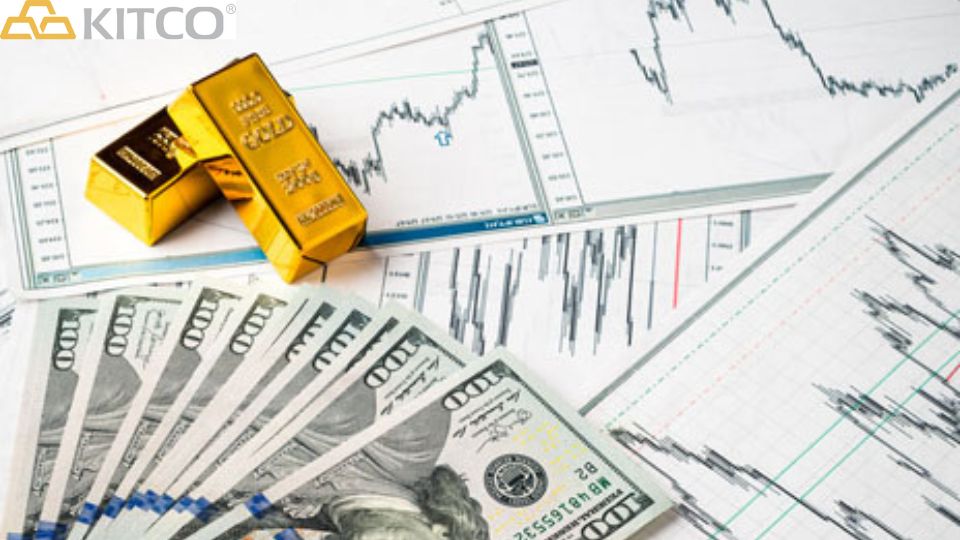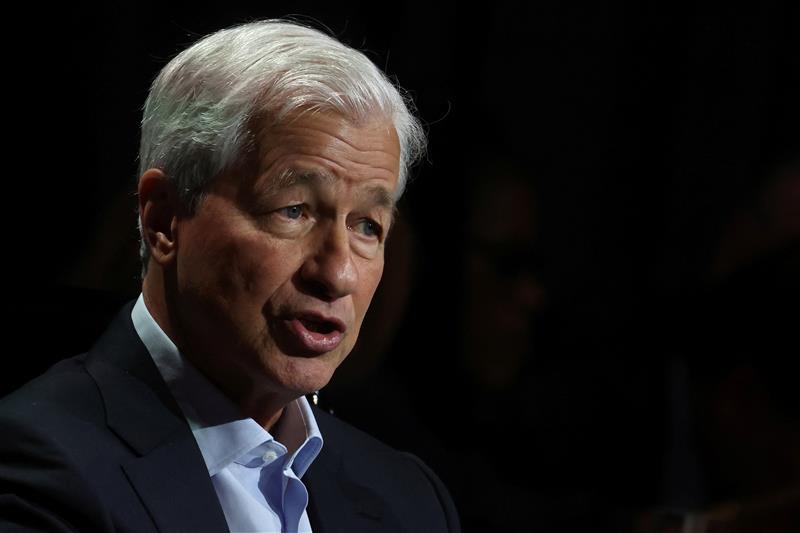
- Gold's value compared to equities and bonds makes it the perfect portfolio diversifier.
- It’s only a matter of time before gold prices push well past $2,000 an ounce as the world continues to deal with higher interest rates, rising inflation pressures, and the global economy drowning in debt.
- "Gold relative to money supply itself is also absurdly cheap,"
- His research has noted that not only is the yield curve at its most inverted in recent history but 90% of the curve is inverted.
- "When you look at history, when 70% of the entire yield curve becomes inverted, you basically stop everything and buy gold and sell the S&P 500," he said.
(Kitco News) - The perfect storm is building in the gold market as the Federal Reserve maintains its hawkish bias and continues to push the economy closer to a recession. According to one market strategist, gold's value compared to equities and bonds makes it the perfect portfolio diversifier.
In a recent interview with Kitco News, Tavi Costa, portfolio manager at Crescat Capital, said that it's only a matter of time before gold prices push well past $2,000 an ounce as the world continues to deal with higher interest rates, rising inflation pressures and the global economy drowning in debt.
Costa said that he sees three risks for the global economy that will support gold prices. The first risk is that the U.S. government default on its debt; he added that while this risk is extremely low, it is still not out of the realm of possibilities. However, a recession caused by the Federal Reserve tightening or U.S. debt levels causing a bond market selloff are two real threats looming.
Costa has sounding recessionary alarms through most of 2023. His research has noted that not only is the yield curve at its most inverted in recent history, but 90% of the curve is inverted, meaning across the spectrum, short-term yields are higher than long-term rates.
"When you look at history, when 70% of the entire yield curve becomes inverted, you basically stop everything and buy gold and sell the S&P 500," he said.
Costa's recession outlook comes as the U.S. Treasury starts new bond auctions after Congress resolved its debt ceiling crisis. According to some analysts, the U.S. government will have to issue roughly $1 trillion in debt to replenish its depleted funds.
However, according to his research, the number of foreign buyers of U.S. debt is currently at its lowest point in 19 years.
"I'm not here to say this is the end of the U.S. That this is the beginning of a move in interest rates that will kill everything, I would put a very low probability on that," he said. "The more likely scenario is that as rates move higher, given the three risks as I laid out and this excessive amount of supply, at some point, the Fed will ultimately be responsible for being the buyer of less resort. When that's the case, it's hard to believe that tangible assets, including gold first and foremost, would be trading at only $2,000 an ounce."
While investors continue to shy away from the precious metals market, Costa noted that gold continues to benefit from solid demand from central banks. He said central bank gold buying has fundamentally transformed the precious metals market.
"What's happening today with central banks buying gold is that re-emphasizes this sort of chess game being played around these de-globalization trends and the need to own neutral assets," he said. "With interest rates around the world moving higher, we are going to see a lot more volatility in foreign exchange markets. In this environment, central banks will need to enhance their reserves over time by owning more precious metals."
In his research, Costa noted that historically gold represented about 40% of all global reserves; in the early 1980s, gold represented more than 70% of foreign reserves. He said that if central banks' gold holdings returned to historical averages, they would need to buy $3.2 trillion of the precious metal.
Not only is gold an attractive safe-haven asset, but Costa noted that it is still significantly undervalued compared to the rest of the market. Even as gold prices trade 6% down from their record highs above $2,000 an ounce, the precious metal's value is near historic lows compared to the S&P 500.
"Gold relative to money supply itself is also absurdly cheap," he said. "If you want to claim gold is expensive, you also need to claim that the debt problem is getting better, not worse, but that is not my belief."
Along with gold, Costa said that investors need to create more balanced portfolios in a world of growing uncertainty and risks. He noted that 2022 was a wake-up call for many investors who saw the worst performance in their traditional 60/40 portfolios in nearly 100 years.
In this new environment, he said he would hold about 30% in equities because the market is extremely overvalued. At the same time, he would own about 20% in fixed income, 30% in gold, and 20% in a broad commodity basket.
Story by Neils Christensen For Kitco News Redacted shorter to keep to important points and bullet points added by HGG. https://www.kitco.com/news/2023-06-20/The-gold-market-remains-the-superior-safe-haven-as-the-world-deals-with-rising-debt-high-inflation-and-recession-risks-Crescat-Capital-s-Tavi-Costa.html



